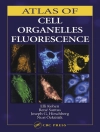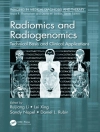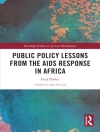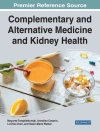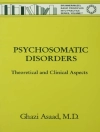More than 180 participants and experts from 31 countries met for the fifth time in 10 years in St. Gallen, Switzerland for a 3-day conference to discuss important current issues of clinical cancer prevention. The meeting was again organized and co-sponsored by St. Gallen Oncology Conferences (SONK). While SONK has been extremely successful in organizing large international c- gresses on “Primary Therapy of Early Breast Cancer” as well as “Supportive Care in Cancer” for more than 20 years, the idea of promoting interdisciplinary, clinically oriented meetings on cancer prevention is a more recent and not yet generally accepted and w- comed concept in modern oncology. Since today’s medical expenses are soaring and me- cal research budgets are stagnating or even being cut, neither politicians nor industry is willing to risk an additional unpredictable channel of expenses, such as that demanded by clinical cancer prevention efforts! In Switzerland—and we fear in many other parts of the globe—some 97%–98% or even a greater percentage of health budgets is spent for curative and palliative/rehabilitative m- icine. Since a meager 2%–3% of national health budgets is for preventive medicine, even less than that proportion is specifically allocated for cancer prevention. When the money for “curing and caring” for the diseased populace runs short, there is likely not much left for partly controversial disease prevention in the (still) healthy part of the population.
Table des matières
Cancer Prevention and Health Politics.- Do We Make Optimal Use of the Potential of Cancer Prevention?.- Predictors of Successful Cancer Prevention Programs.- Cancer Prevenpinon in the Developing World: Mission Impossible?.- Is Cancer Prevention Ever Going to Be Profitable?.- Cancer Prevention: The Scientific-Epidemiological Base.- Energy Metabolism, Cancer Risk, and Cancer Prevention.- Promises and Limitations of Biomarkers.- Cancer Prevention, Tobacco and Nutrition.- The EPIC Study: An Update.- Anti-angiogenic properties of Chemopreventive Drugs: Fenretinide as a Prototype..- Retinoids and Breast Cancer Prevention.- Cancer Prevention, Genetics and Vaccines.- Cancer Prevention by Vaccination Against Hepatitis B.- Cancer Prevention and Target Organs I: Breast Cancer.- Energy Restriction for Breast Cancer Prevention.- The Use of Tamoxifen and Raloxifene for the Prevention of Breast Cancer.- Prevention of ER-Negative Breast Cancer.- EHxoorgmeonnoeuss, a Mnadm Emndooggraepnhoiucs Density and Breast Cancer Risk: Can Mammographic Density Be Considered an Intermediate Marker of Risk?.- Cancer Prevention and Target Organs II: Cancer of the Digestive Tract.- Chemoprevention of Oesophageal Cancer and the Asp ECT Trial.- Cancer Prevention and Target Organs III: Prostate Cancer.- Review of Diagnostic Markers for Prostate Cancer 16.- Seleneium and Vitamin E Cancer Prevention Trial: A Nutrient Approach to Prostate Cancer Prevention.- Prostate Cancer Prevention by Short-Term Anti-androgens: The Rationale Behind Design of Pilot Studies.- Cancer Prevention and Target Organs III: Prostate Cancer.- Anti-angiogenic Activity of a Novel Class of Chemopreventive Compounds: Oleanic Acid Terpenoids.- Aspirin and NSAIDs in Cancer Prevention: Attempts at an International Consensus.- Pharmacologic Effects of NSAIDs and Implications for the Risks and Benefits of Long-Term Prophylactic Use of Aspirin to Prevent Cancer.- Aspirin and NSAIDs for the Prevention of Colorectal Cancer.- Aspirin and Cancer Risk: A Summary Review to 2007.



